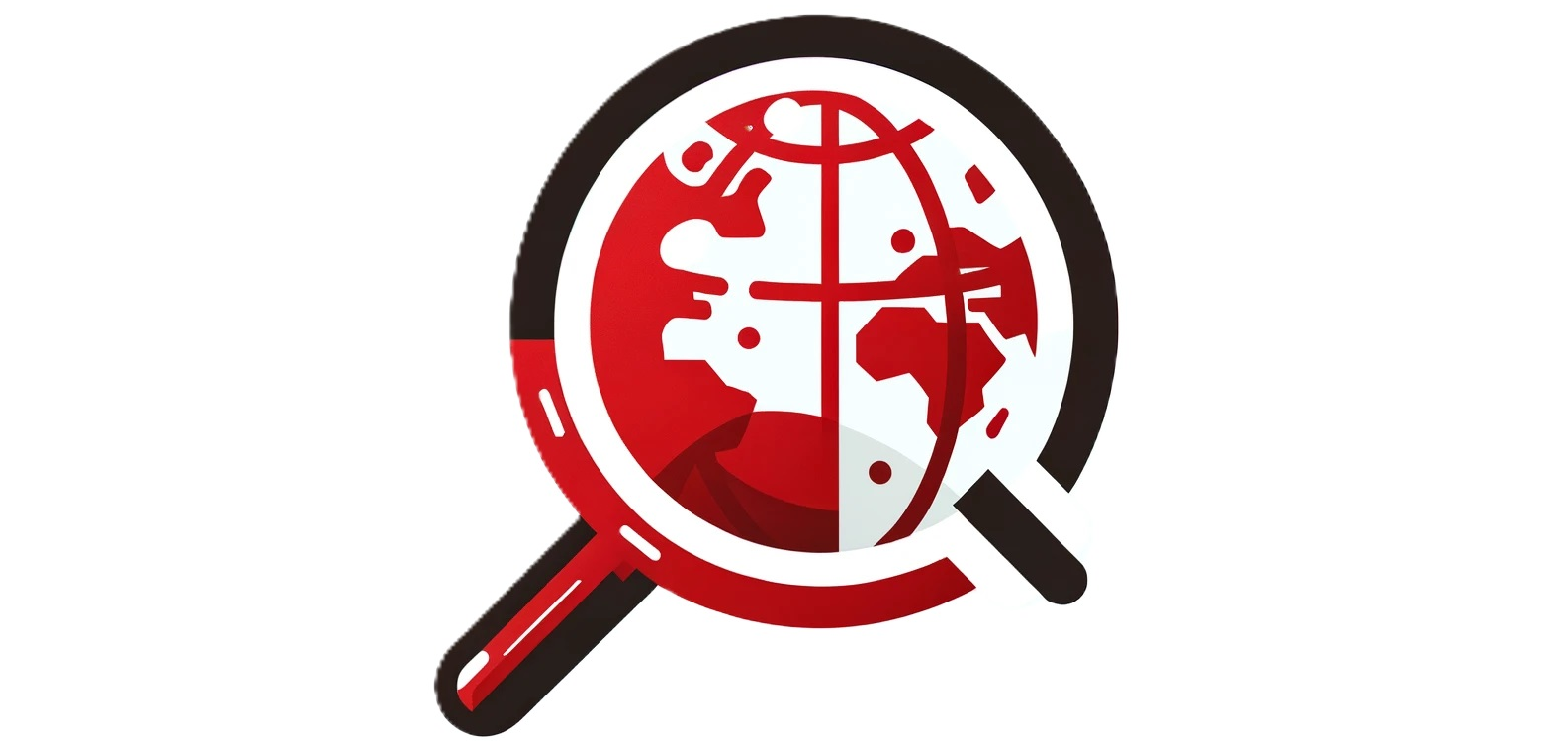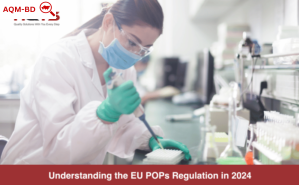RoHS is a compulsory standard restricting the use of certain hazardous substances in electronic and electrical goods in the European Union (EU).
Naturally, RoHS can become quite confusing with its many updates and use of technical terminology. That’s why we’ve put together a trusty jargon buster to help you get to grips with the subject and ensure you comply with the regulations when exporting goods to the EU.
It includes 10 common questions we often hear get asked about RoHS testing and regulations.
-
What is RoHS?
RoHS is a term commonly used in manufacturing, trade and quality control and stands for the Restriction of Hazardous Substances. All products that are compliant should not exceed the allowable amounts of certain restrictive materials including lead, mercury, cadmium, hexavalent chromium, polybrominated biphenyls (PBB) and polybrominated diphenyl ethers (PBDE).
The regulation applies to manufacturers, authorised representatives, importers and distributors of products that work with large household appliances such as refrigerators, small household appliances including vacuum cleaners, computing equipment, electronics, lighting, power tools, toys and sports equipment and automatic dispensers.
All organisations must prove they abide by the RoHS directive and a third-party testing company can help to ensure your products remain compliant.
-
What’s the purpose of RoHS Compliance?
RoHS is a directive to ensure restricted materials that are hazardous to the environment are properly controlled. It was introduced to improve the welfare of consumers, distributors, manufacturers and the environment. RoHS is necessary for the safety of the public as exposure to certain chemicals can cause many medical issues. The main goal of RoHS is to reduce the environmental and health impacts from electronics while ensuring that the manufacturing process is safer at every stage of a device’s lifecycle.
-
What is a RoHS Test?
The initial test used for RoHS is an X-Ray Fluorescence Spectroscopy (XRF) which is performed first to focus on the parts of the product with the highest risk of containing substances that could be harmful or dangerous. Other RoHS testing methods include Fourier Transform Infra-Red Spectroscopy (FTIR) and Scanning Electron Microscope (SEM) before the extraction solvent is then analysed. A third-party testing company such as AQM BD can take care of all your RoHS testing requirements to ensure you comply.
-
What’s the Difference Between RoHS and RoHS 3?
There are multiple difference between RoHS and REACH. RoHS 3 has added four new restricted substances to the original list of six, all of which are phthalates, and these are mainly used for insulation, all of which are also citied under REACH legislation (Registration, Evaluation, Authorisation and Restriction of Chemicals). A total of 11 new category products have also been added and RoHS 3 came into effect in 2019. The original RoHS directive has been expanded to cover all electrical equipment, cables and spare parts. Category 11 products now include two-wheeled vehicles, electronic nicotine delivery systems such as e-cigarettes and vape pens. Also, electrical cables that are rated at less than 250V are included.
-
How Are REACH and RoHS Related?
Both REACH and RoHS aim to reduce and restrict dangerous substances that are harmful to humans and the environment. Both are equally important as the REACH legislation controls the risks that are associated with the chemical substances throughout the life cycle of all products while RoHS is product-specific and focuses on hazardous substances in electrical and electronic equipment (EEE).
Companies are required to be compliant and ensure they remain up to date with both REACH and RoHS directives. When a substance that’s already under the RoHS directive is added to the REACH list, enforcement agencies must ensure there is no conflict between the requirements and that they are consistent.
-
What’s the RoHS Product List?
The original directive (2002/95/EC) known as RoHS created restrictions for six key hazardous substances:
- Lead (Pb) – 0.1%
- Cadmium (Cd) – 0.01%
- Mercury (Hg) – 0.1%
- Hexavalent Chromium (CR VI) – 0.1%
- Polybrominated Biphenyls (PBBs) – 0.1%
- Polybrominated Diphenyl Ethers (PBDEs) – 0.1%
EU Directive 2015/863 added four new restricted substances – all phthalates to the restriction list. These substances are mainly used as insulation plasticisers.
- Bis(2-ethylhexyl) Phthalate (DEHP) – 0.1%
- Benzyl Butyl Phthalate (BPP) – 0.1%
- Dibutyl Phthalate (DBP) – 0.1%
- Diisobutyl Phthalate (DIBP) – 0.1%
The following categories of products require RoHS testing before they can be sold in the EU (effective July 22, 2021):
- Automatic dispensers
- Consumer equipment
- Electrical and electronic tools
- IT and telecommunications equipment
- Large household appliances
- Lighting equipment
- Medical devices*
- Monitoring devices*
- Small household appliances
- Toys, leisure and sport equipment
- All other electronic devices
-
What Are Some RoHS Excluded Products or Equipment?
- Large-scale stationary industrial tools and large-scale fixed installations
- Means of transport for persons or goods, excluding electric two-wheel vehicles which are not type-approved
- Non-road mobile machinery made available exclusively for professional use
- Photovoltaic panels
-
How do I Know Whether My Products are RoHS Compliant?
To ensure products are compliant with the directive they need to be tested by a third-party inspection company, marked for verification purposes and then a letter of compliance can be submitted and issued by an employee of the company. Careful testing and documentation must be carried out in accordance with RoHS directive regulations and RoHS consultants can help oversee compliance for businesses and will help to ensure all the documentation and guidelines are in place.
-
How Do I Get RoHS Certified?
Firstly, testing either on-site or at an off-site laboratory should be completed to determine the values of the restricted substances, then a process audit should be conducted to inspect all manufacturing processes. Thirdly, a documentation review should be completed and all drawings, materials and test reports should be reviewed and lastly, a certificate should be issued after the audit is passed as successful
AQM BD provides RoHS testing as part of our one-stop third part quality control services offering. Our experts ensure your company and products comply with RoHS regulations to ensure your peace of mind.
-
Where Can I Learn More About RoHS?
By watching our recent webinar, A Complete Guide to RoHS: The Fundamentals and Future. It offers an insightful explanation on all things RoHS as well as looking ahead to the future of the directive. Head to our Webinar section to view the session in full. For more on RoHS compliance and to book a meeting with one of our RoHS testing experts contact inquiry@AQM BD.com today.
About AQM BD
With over 25 years of experience in quality assurance, AQM BD is ready to help your import and export business build a robust quality assurance plan. Our many service locations are prepared to be your one-stop-shop for inspection needs. Including, production monitoring, pre-shipment and sorting inspections and everything in between. Contact us today to find out how we can help you navigate your current quality control challenges.





